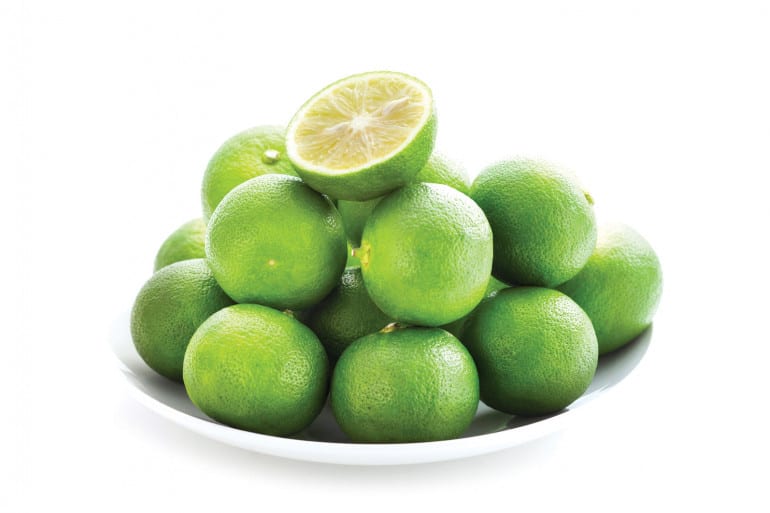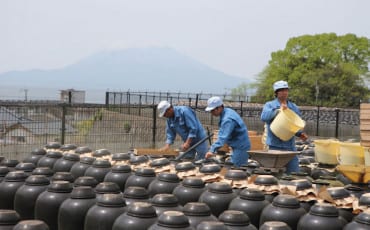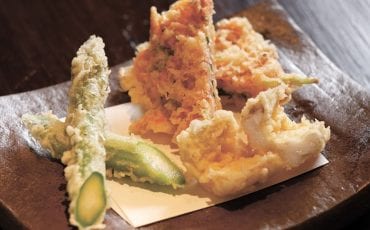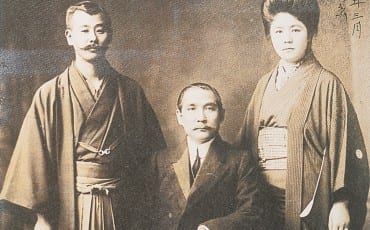- OISHII
- OISHII Wiki
- Ingredients
- Sudachi
OISHII Wiki
Ingredients
Sudachi
This green-skinned citrus fruit bears a striking resemblance to kabosu, except it’s much smaller (sudachi is roughly the size of a table tennis ball while kabosu is about the size of a tennis ball) and contains greenish-yellow flesh. However, don’t be fooled by its small size, because sudachi sure packs a lip-puckering citrus punch! As with yuzu and kabosu, sudachi juice is widely used as a flavouring for its mild zesty aroma that helps enhance the flavours of the dish. Two notable dishes that use sudachi are grilled matsutake mushroom and grilled sanma (Pacific saury). The mushroom is typically served drizzled with sudachi juice and a few drops of soy sauce, while the sanma is served with a wedge of sudachi on the side. It’s also common to see half-sliced sudachi being served as a garnish alongside traditional Japanese eats, such as soba and udon.

Large-scale cultivation of sudachi began in the mid-1950s, but sudachi trees that are more than 200 years old have been found in Kamiyama-cho in Tokushima prefecture, which is said to be the only sudachi-growing region in Japan. It is also due to this fact that sudachi is generally more expensive outside of the prefecture. Sudachi is well-known by the locals for its abilities to regulate blood sugar levels, prevent fatigue, and boost calcium absorption. It also helps reduce sodium intake as sudachi can be used in place of salt or soy sauce.
If you ever visit Tokushima, be sure to look out for their adorable regional mascot Sudachi-kun, named and fashioned after — you guessed it — sudachi. Sudachi-kun made its debut appearance at the 1993 National Sports Festival hosted in Tokushima, and it has since remained the prefecture’s much-loved representative.









